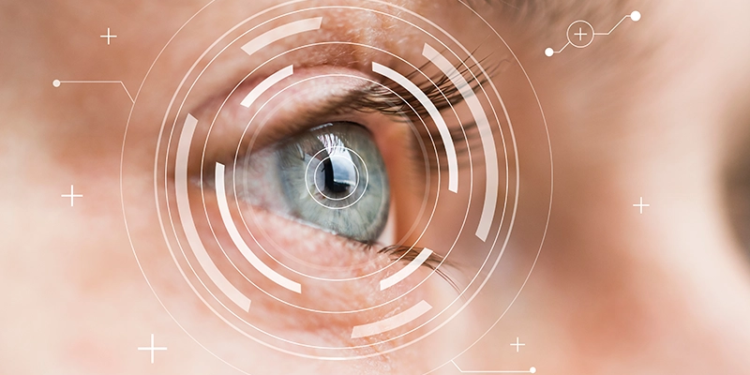Advancements in pattern recognition control and targeted muscle reinnervation (TMR) have helped to improve myoelectric prostheses. However, the utility of these advances in people with congenital amputations was largely unknown. In an unpublished study, three hand surgeons and a prosthetist have discovered that people with congenital upper-limb amputations already have the brain functionality needed to control a prosthesis. The study found that despite living with limb loss, children and adults could reliably reproduce unique muscle contraction patterns in their limbs that corresponded to a variety of wrist and hand movements, allowing them to use their mind to control a prosthesis.
The research, led by Michael Gart, MD; Bryan Loeffler, MD; and Glenn Gaston, MD, hand surgeons at OrthoCarolina, Charlotte, North Carolina, and Brian Kaluf, CP, FAAOP, clinical outcome and research director at Ability Prosthetics and Orthotics, Exton, Pennsylvania, studied children and adults with congenital upper-limb absence to determine whether surgery would be required to control a myoelectric prosthesis.
“In layman’s terms, we wanted to find out if the human brain can command a hand that was never there in the first place to do specific tasks, and if that ability varies between childhood and adulthood,” Gart said. “We found that patients of all ages born without a hand can be highly functional with a myoelectric prosthetic hand, and don’t require surgery.”
Seven patients with a unilateral congenital transradial amputation participated in the study. Patients were evaluated during a single, one-on-one research visit at the hand surgery or prosthetic clinic location. The patients, with a mean age of 24, were tested on a digitized virtual reality unit to measure performance of their developed arm as well as the side with limb loss. As patients focused on thinking about moving their hands or moving the side with limb loss, the system tracked multiple degrees of freedom, or the ability to move the hands in different positions in space. Sensors placed along the forearms to detect muscle activity determined how accurately each limb could reproduce prosthetic hand movements.
All patients successfully created a pattern recognition calibration at one, two, and three degrees of freedom during the testing protocol. No significant differences in calibration accuracy was noted between the sound limb and the residual limb across all three levels of testing. There was a general trend toward decreasing calibration accuracy with complexity beyond two degrees of freedom. The study found that patients with congenital upper-limb amputations achieved pattern recognition control calibration at up to three degrees of freedom and were able to control the virtual limb with proficiency comparable to their sound limb.
“We asked the patients to open and close their hands, move their wrists, place their hands palm up and palm down, and the computer graded them on how successfully they managed different tasks on each side,” Gaston said. “… Not only could all the children control the prosthetic hand on the limb missing a hand, but almost all of them performed better on the side missing a hand than on the normal side.”




